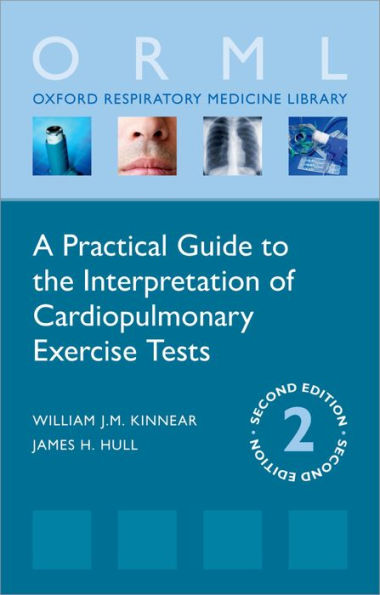5
1

A Practical Guide to the Interpretation of Cardiopulmonary Exercise Tests
224
A Practical Guide to the Interpretation of Cardiopulmonary Exercise Tests
224eBook
$35.49
$46.99
Save 24%
Current price is $35.49, Original price is $46.99. You Save 24%.
Related collections and offers
35.49
In Stock

Product Details
| ISBN-13: | 9780192571359 |
|---|---|
| Publisher: | OUP Oxford |
| Publication date: | 01/20/2021 |
| Series: | Oxford Respiratory Medicine Library |
| Sold by: | Barnes & Noble |
| Format: | eBook |
| Pages: | 224 |
| File size: | 7 MB |
About the Author
From the B&N Reads Blog
